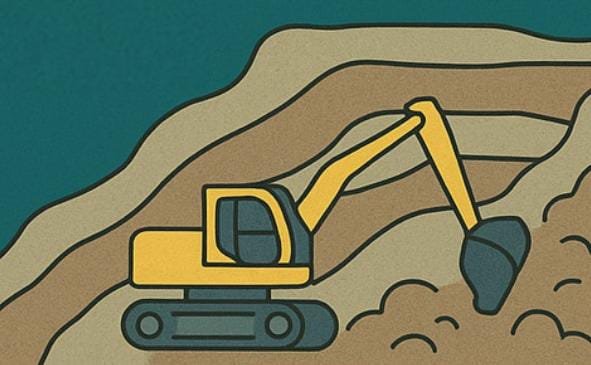
Behind the sleek performance of modern technology—smartphones, electric vehicles, wind turbines—lie materials most people have never heard of: rare earth elements (REEs). Despite their name, these elements aren’t particularly rare in the Earth’s crust. What makes them “rare” is the difficulty of extracting them efficiently, cleanly, and economically.
What Exactly Are Rare Earth Elements?
Rare earth elements refer to a group of 17 chemical elements: the 15 lanthanides, plus scandium and yttrium. They possess unique magnetic, fluorescent, and electrical properties that make them indispensable to advanced technologies across defense, energy, and consumer electronics sectors.
Where Are They Found?
REEs aren’t typically found in concentrated deposits. Instead, they’re dispersed in low concentrations within other minerals. Major producers include China, the United States, and Australia. However, China currently dominates the global supply chain, producing more than 60% of the world’s rare earth output.
Why Are They So Essential?
These elements power critical components—neodymium magnets in EV motors, phosphors in LED screens, lanthanum in camera lenses, and yttrium in superconductors. They are foundational to green energy transitions and high-performance electronics.
Why Are They Hard to Mine?
Mining rare earths is technically and environmentally challenging. The elements often occur together in ores and must be separated via complex chemical processes. Extraction often involves acids and generates radioactive waste, making environmental management a major concern.
Environmental and Geopolitical Challenges
Beyond technical hurdles, REE mining carries geopolitical weight. Heavy reliance on a single supplier (like China) makes global supply chains vulnerable. At the same time, producing countries face pressure to balance resource extraction with environmental sustainability.
Toward Sustainability: Innovation and Diversification
To reduce dependency and risk, many countries are investing in alternative sources—including rare earth recycling, cleaner refining methods, and opening new mines. These innovations aim to secure a stable and responsible supply of REEs.
Final Thoughts: Tiny Elements, Massive Impact
Rare earth elements might be invisible in our daily lives, but they are the invisible drivers of innovation. From satellites to smartphones, their presence is everywhere. Understanding their significance—and the difficulties of bringing them to market—helps us see the hidden costs and global stakes behind our most advanced tools.
